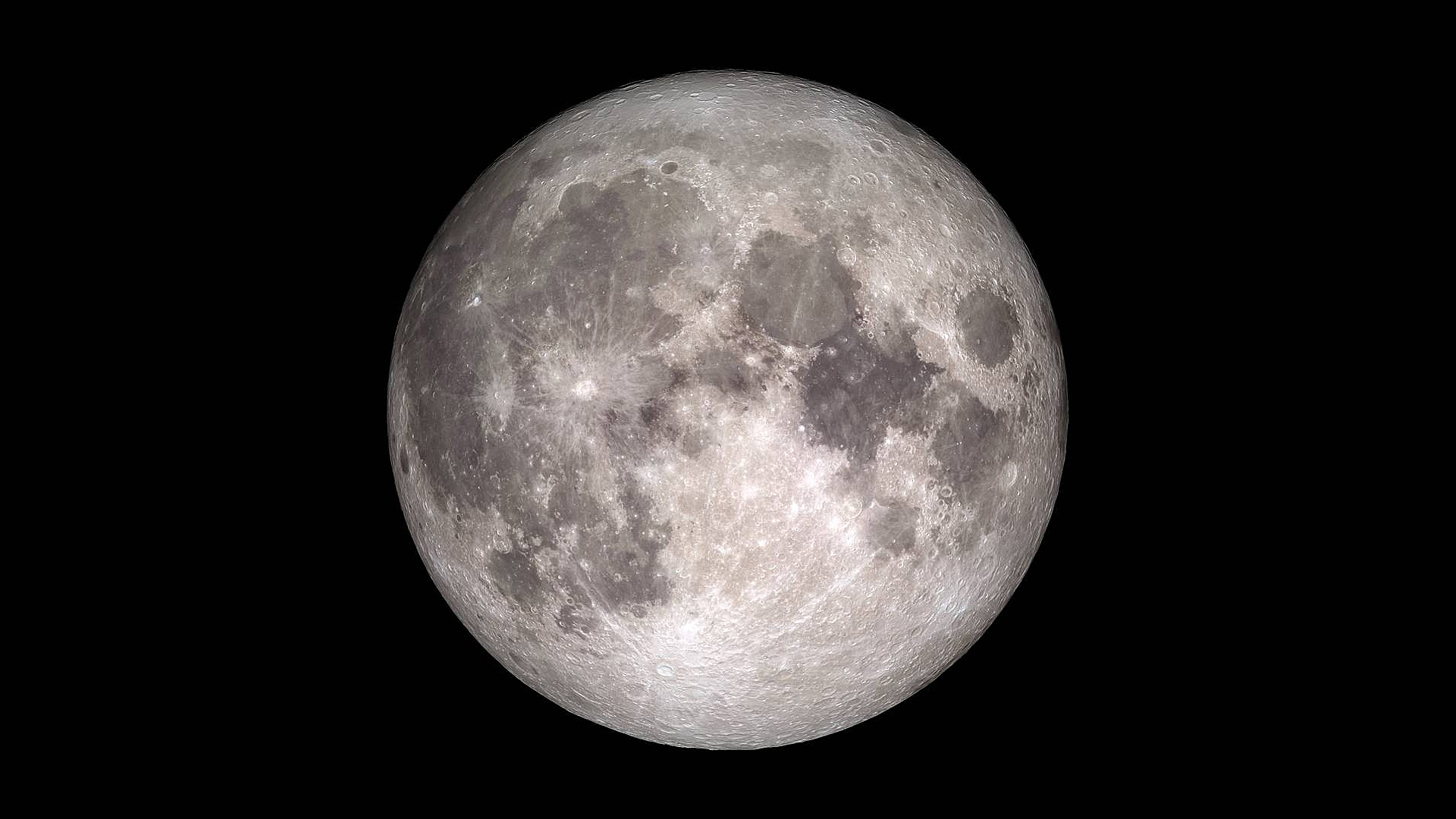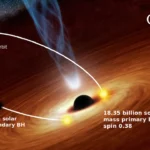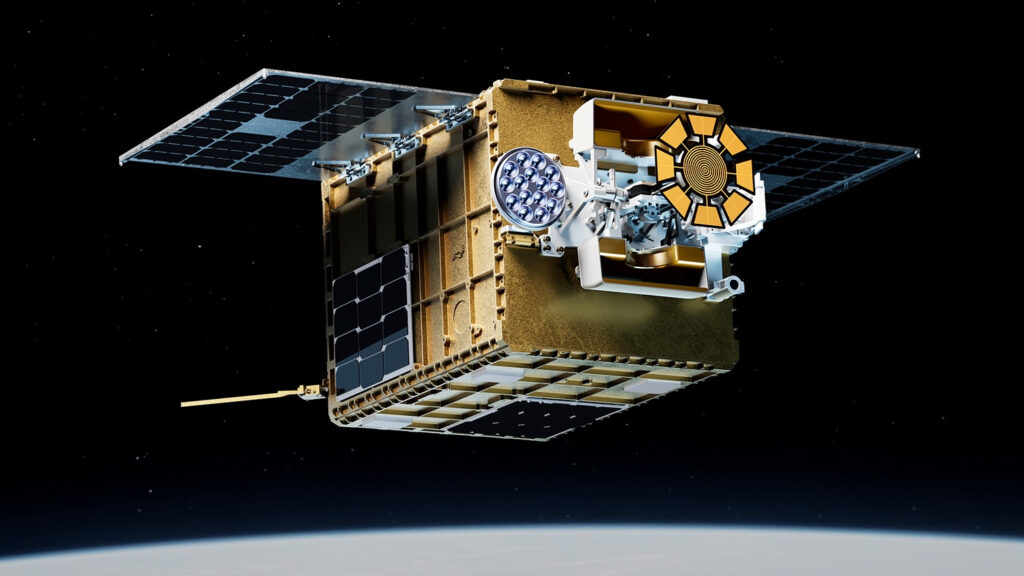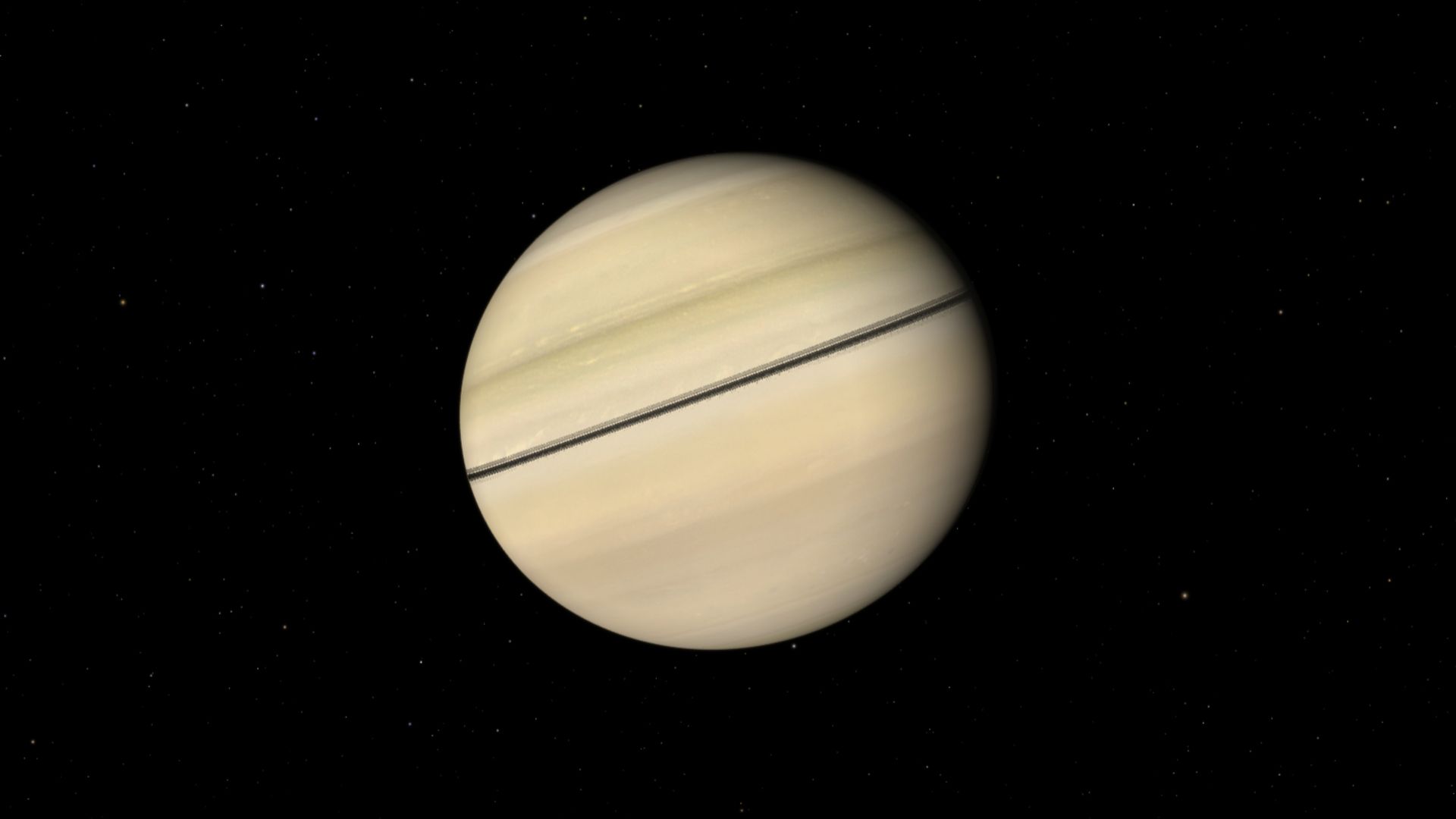Now Reading: How a medieval Oxford friar used light and color to find out what stars and planets are made of
-
01
How a medieval Oxford friar used light and color to find out what stars and planets are made of
How a medieval Oxford friar used light and color to find out what stars and planets are made of

This article was originally published at The Conversation. The publication contributed the article to Space.com’s Expert Voices: Op-Ed & Insights.
During the 1240s, Richard Fishacre, a Dominican friar at Oxford University, used his knowledge of light and color to show that the stars and planets are made of the same elements found here on Earth. In so doing he challenged the scientific orthodoxy of his day and pre-empted the methods and discoveries of the 21st-century James Webb space telescope.
Following the Ancient Greek philosopher Aristotle, medieval physics affirmed that the stars and planets were made from a special celestial element – the famous “fifth element” (quinta essentia) or “quintessence”. Unlike the four elements found here on Earth (fire, water, earth and air), this “fifth element” is perfect and unchanging.
Fully transparent, it formed the basis of what were believed to be the nine concentric celestial “spheres” surrounding the Earth, as well as the various stars and planets attached to them. These, it was argued, were merely condensed versions of the “fifth element”, with each of the first seven spheres having its own planet, and the outermost eighth and ninth spheres containing the stars and heaven itself, respectively.
Color, light and the stars
Lacking access to telescopes and rock samples, Fishacre – the first Dominican friar to teach theology at Oxford University – openly rejected the idea that the stars and planets were made from some special “fifth element”. In his opinion, they consisted of the same four elements found here.
His reason for asserting this position was his understanding of how color and light behave.
Color, Fishacre noted, is typically associated with opaque bodies. These, however, are always composite, meaning made up of two or more of the four terrestrial elements. When we look up at the stars and planets, however, we see that the light they emit often has a faint color. Mars appears red, and Venus yellow, for example. This suggests, of course, that they are composite and thus made “ex quattuor elementis” – “out of the four elements”.
In Fishacre’s opinion the surest proof that the stars and planets were not made of some special “fifth element” came from the moon. It has a very definite color, and, crucially, every so often it eclipses the sun. Were it made from the transparent fifth element – even a highly condensed version of it – then surely the sun’s light would pass through it, just as it does a pane of glass. This, however, is not the case.
The moon, Fishacre reasoned, must therefore be made of the same elements found on Earth. And if this was true of the moon, which is the lowest celestial body, then it must also be true of all the other stars and planets.

A brave move
In arguing this, Fishacre knew that he was risking criticism. “If we posit this position,” he wrote, “then they, that crowd of Aristotelian know-it-alls (scioli aristoteli), will cry out and stone us”.
Sure enough, stones were thrown at Fishacre – and from high places. In 1250, his teaching was denounced at the University of Paris by St Bonaventure of Bagnoregio, a Franciscan friar who ridiculed in his lectures those “moderns” like Fishacre who foolishly questioned Aristotle’s teaching on the celestial fifth element.
Contemporary astrophysics has, of course, vindicated Fishacre’s position. The stars and planets are not made of some special fifth element, but rather from many of the same metals and elements found here on our home planet. The James Webb space telescope, for example, recently established that the atmosphere of the Neptune-like exoplanet TOI-421 b, some 244 light years away, contains high quantities of water and sulphur dioxide.
Remarkably, how the James Webb space telescope established this – a process known as transmission spectroscopy – is very similar, at least in principle, to the method which Fishacre employed. It detected subtle variations in the brightness and color of the light emitted by TOI-421 b which could only be caused by water and sulphur dioxide.
Given how much criticism his claims received, Fishacre would no doubt have been delighted to know that nearly 800 years after his death, contemporary astronomy, just like him, is using light and color to show that far flung stars and planets are all made from the same elements.
Stay Informed With the Latest & Most Important News
-
 01From Polymerization-Enabled Folding and Assembly to Chemical Evolution: Key Processes for Emergence of Functional Polymers in the Origin of Life
01From Polymerization-Enabled Folding and Assembly to Chemical Evolution: Key Processes for Emergence of Functional Polymers in the Origin of Life -
 02Panasonic Leica Summilux DG 15mm f/1.7 ASPH review
02Panasonic Leica Summilux DG 15mm f/1.7 ASPH review -
 03How New NASA, India Earth Satellite NISAR Will See Earth
03How New NASA, India Earth Satellite NISAR Will See Earth -
 04And Thus Begins A New Year For Life On Earth
04And Thus Begins A New Year For Life On Earth -
 05Astronomy Activation Ambassadors: A New Era
05Astronomy Activation Ambassadors: A New Era -
06SpaceX launch surge helps set new global launch record in 2024
-
 07Two Black Holes Observed Circling Each Other for the First Time
07Two Black Holes Observed Circling Each Other for the First Time




















